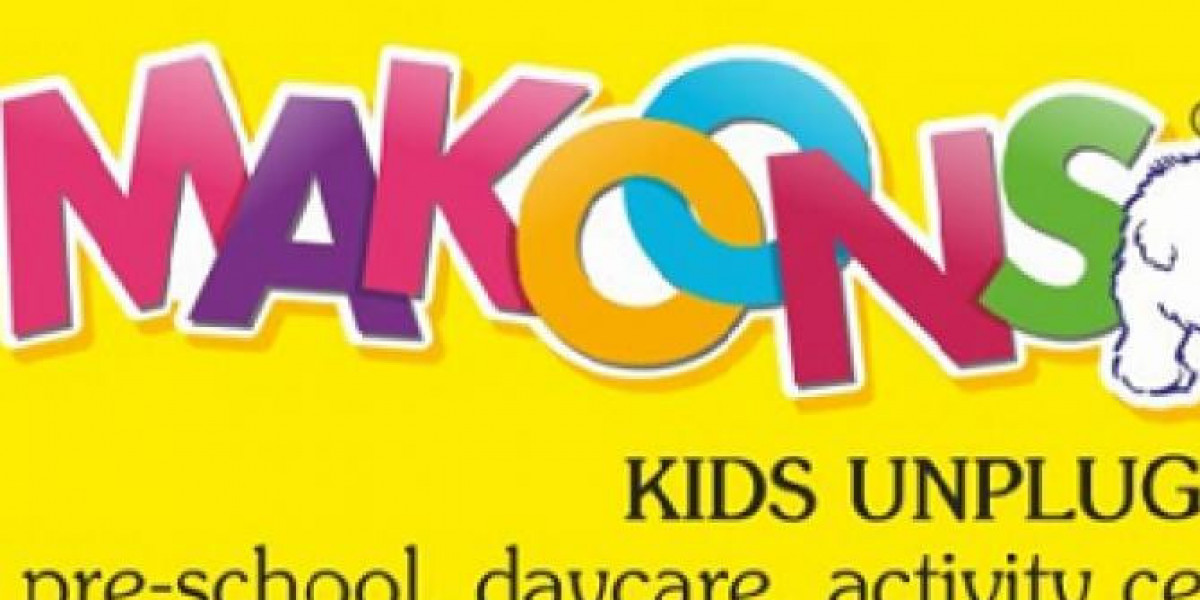The early years of education are filled with wonder—bright colours, sensory play, storytelling, free exploration, and joyful discoveries. In the beginning, children learn most naturally through play, because play connects directly with their curiosity, imagination, and emotions. But as they grow, their learning environment slowly becomes more structured. They begin to follow routines, sit for short activities, focus on tasks, and participate in guided learning. This transition is important, yet it can feel overwhelming if not handled sensitively.
Today, every preschool in Thane, every preschool in Mumbai, and even developing cities like those with a growing preschool in Gorakhpur face the same challenge: how to help young children gradually move from a play-first environment to a more structured learning experience—without creating stress, anxiety, or pressure. A good play school understands that learning must remain joyful, even when structure is introduced.
This blog explores why this transition matters, how children experience it emotionally and developmentally, and how parents and teachers can guide them through it gently.
Why This Transition Matters
During the foundational years, the child’s brain develops at a pace it never will again. Their learning depends on movement, sensory stimulation, social interaction, pretend play, exploration, and hands-on activities. A play-based environment nurtures emotional confidence and creativity, which are essential building blocks of future learning.
However, as children grow closer to kindergarten readiness, they must slowly learn to:
follow simple instructions
sit for short periods
take part in group learning
complete guided tasks
recognise letters, numbers, shapes, and patterns
build pre-writing and pre-reading skills
This does not mean taking away play. Instead, it means creating a smooth balance—so the child feels safe, supported, and excited about learning. The best preschool in Mumbai and Thane have already embraced this balanced approach because it leads to better emotional development and stronger academic readiness.
How Children Actually Adapt to Structured Learning
A young child cannot suddenly jump from free play to worksheets. Their brain is not built for abrupt transitions. Structured learning needs to enter the child’s life slowly, gently, and in a way that feels familiar—not foreign.
This is why high-quality preschools create an environment where play and structure blend together, rather than compete.
For example, instead of teaching alphabets through rote repetition, teachers may use:
alphabet hopscotch
story-based phonics
sand tracing
puppet conversations
clay modelling of letters
The child still experiences the joy of play, but structure quietly enters through rhythm, consistency, and guided activity. This approach is now seen in many modern preschool in Thane, where early education prioritizes emotional security over performance pressure.
The Role of Routine: Structure Without Stress
One of the simplest ways to help children adapt is through predictable routines. Children feel calmer when they know what happens next. A typical routine in a high-quality play school might include:
morning welcome time
free play to settle in
a short circle-time interaction
a guided activity
outdoor play
snack time
story or music time
Even children who struggle with attention or separation anxiety adjust more easily when the day follows a reliable rhythm. This is especially helpful in areas where many children are entering school for the first time—such as newer preschools in Gorakhpur.
Emotional Support: The Foundation of Successful Transition
A child adapts best to structured learning when the teacher first builds a secure bond with them. Before academics, comes connection. Before worksheets, comes warmth.
Teachers play a crucial role in:
acknowledging the child’s feelings
offering comfort when needed
giving positive reinforcement
celebrating effort instead of perfection
creating a safe classroom atmosphere
A child who feels seen and understood is far more willing to participate in guided activities. This emotional foundation is what makes the transition effortless.
Blending Play With Purpose
As the child grows, activities slowly become more goal-oriented. Play is still present, but now each activity has an underlying purpose:
puzzles for logical thinking
blocks for spatial intelligence
art for fine motor development
pretend play for language and social skills
music for rhythm and memory
hands-on math for number sense
This method ensures that structured learning does not feel forced. Instead, the child discovers the joy of achieving small tasks, completing short activities, and participating in group challenges.
This blended learning environment is what makes leading preschools in Mumbai and Thane stand out—they respect the child’s developmental pace rather than rushing it.
Parental Role: Extending the Support at Home
Children adapt best when home and school work together. Parents can make the transition smoother by introducing small routines and gentle responsibilities, such as:
bedtime and wake-up schedule
reading 10 minutes daily
helping in simple tasks like arranging toys
doing one art activity a day
reducing screen time gradually
This reinforces the sense of structure without creating pressure or competition.
A Stress-Free Transition Is Possible
Whether it is a premium preschool in Mumbai, a community-loved preschool in Thane, or an emerging preschool in Gorakhpur, the goal remains the same: to make learning joyful, meaningful, and emotionally safe. Children do not need to be pushed into structure. They simply need guidance, warmth, and a balanced environment where play continues to lead the way.
When play and structure coexist, children develop stronger attention span, better emotional regulation, and a genuine love for learning—giving them the confidence they need for the rest of their academic journey.
Also read:
Learn 50 Fruits and Vegetable Names in English and Hindi
20 Famous Dry Fruits Names in English and Hindi: With Benefits








